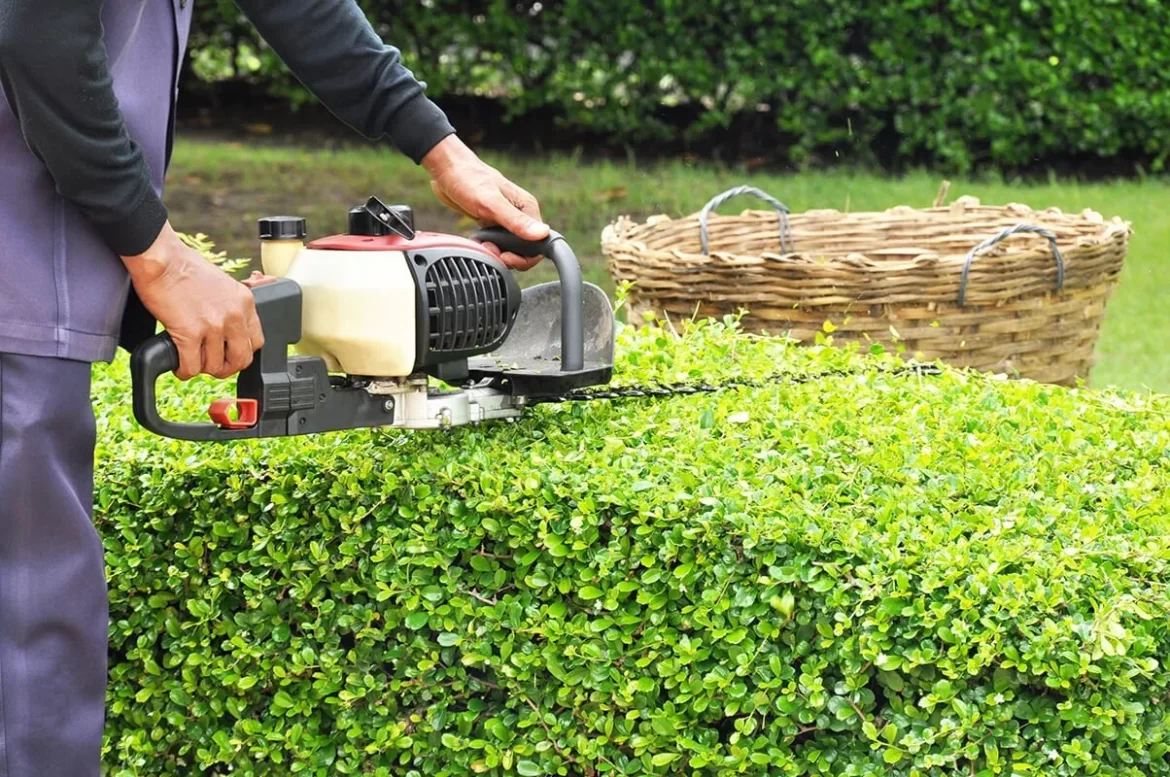Trees are vital to ecosystems. They are natural skyscrapers. Many wildlife species find their homes in them. They provide nesting sites, food, and shelter. This sustains cavity dwellers, like woodpeckers and owls, which nest in tree hollows. It also supports branch nesters, like robins and cardinals. They depend on strong branches for safety. Trees produce fruits, berries, sap, and nectar. These attract birds, mammals, and insects that feed on them. They also support insects, which are food for other animals. Their canopies shade and protect against bad weather. They might be a refuge for small animals in winter. Oak trees with acorns, and maples with nectar, would attract different wildlife. This would add variety to the ecosystem. Trees affect habitat quality in many ways. Dead trees provide nesting cavities. Mature trees offer large canopies. Healthy trees bear abundant resources. Trees are a form of habitat. So, it must conserve and diversify tree species. This will help ecosystems for both animals and humans.
Impacts of Tree Removal
Tree removal, driven by urban development, agriculture, and logging, harms wildlife. It destroys habitats, reduces space, fragments ecosystems, and disrupts ecological functions. It can reduce these impacts by:
- planning selective removals,
- restoring habitats,
- avoiding breeding seasons,
- creating wildlife corridors, and
- engaging communities in sustainable practices.

Sustainable Tree Care Practices
It must care for trees to maintain healthy ecosystems and support wildlife. Plant native species in wide, shallow holes and mulch the base. Avoid pruning or removing trees during nesting and breeding seasons. Hire certified arborists for safe and eco-friendly tree care. Minimize disturbance. Use non-toxic pest control. Attract beneficial insects and use organic pesticides. Monitor trees regularly and prune damaged branches. These practices ensure healthy trees and thriving wildlife.
Designing Wildlife-Friendly Landscapes
Tree Care Company designs landscapes for biodiversity, beauty, and environmental health. Plant native species to support wildlife and reduce maintenance. Diversify plantings to attract birds, insects, and other animals. Choose plants that flower year-round to provide continuous food for pollinators. Water features such as bird baths, ponds, and fountains supply necessary water. Keep water features clean to eliminate disease. Nesting boxes, brush piles, and rock piles shelter birds and small animals. They also house reptiles and insects. Also, leave dead trees standing when possible. Reduce pesticide use, as well as lawn areas, to allow space for more habitat. Composting supports plant health without synthetic fertilizers. Leaf litter provides a habitat for insects and small mammals. Corridors help wildlife move safely between habitats. These practices support biodiversity and improve the environment.

